A do-all pack that promises comfort, support, functionality, and -oh my, can it haul a load.
I geek out over packs. Why? Over the years, I’ve used a pile of them on western pursuits, and some have failed miserably, and others have proved their salt.
I don’t have the time or patience for those that fail — models that dig into your shoulders and hips — don’t haul weight, and lack purposeful features. Often, the western pack hunters tote into the unknown are their lifeblood. These packs ride with them daily and contain necessary supplies to keep them alive and hopefully increase their success.
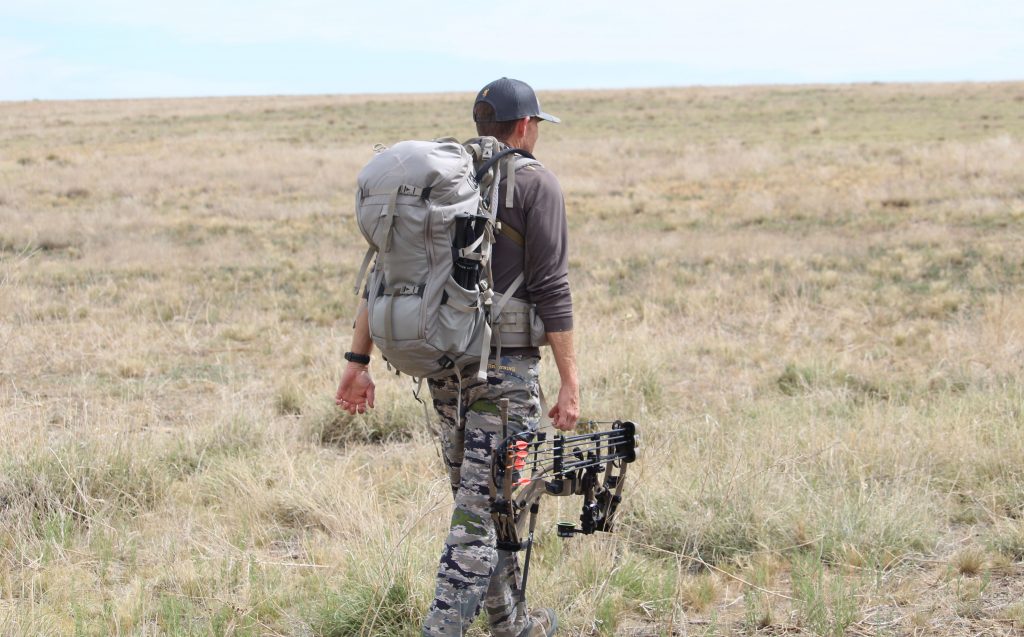
Until recently, I didn’t realize ALPS Mountaineering was born before ALPS Outdoors, and I get it now. I’ve spent a year testing ALPS’ Elite Frame + 3800 Pack, and it has earned the starting position for my 2022 western hunts.
It all starts with the Elite Frame. I put a premium on fit and feel, and if you’ve ever come off the mountain loaded to the hilt with meat, you understand why. This frame provides adjustments in spades. Plus, it’s 30 percent lighter and 30 percent stronger than previous packs in ALPS’ Extreme line. My favorite feature is the adjustable torso, which requires a quick Velcro separation and then running the triangle-pointed tab through the plethora of size (XS, S, M, L, XL, XXL) slots. It takes seconds, and while I run my pack loaded on the XXL setting, my 17-year-old son can swap the torso size to Medium and hit the woods. Brilliant.

Another frame hat-tippers include the noticeable lengths ALPS went to boost comfort. The contoured lumbar support feels great across the lower back, and I applaud the addition of a rubberized band that helps hold the pack in place under a heavy load and heavy stress. I’m not too fond of a backpack that sways.
The design of the anti-sway waist belt — also engineered for maximum comfort, runs between the frame and the lumbar support pad and connects between the two via Velcro. The design is simple, but it works. I’ve had the pack attached to the frame loaded with more than 100 pounds, and it still held tightly to the body. Plus, I want a tote with waist belt pockets; this one has a pair, and both are well designed.
I don’t like skinny shoulder straps that dig into my traps and upper back or those that have so much padding you feel like the pack is lifting off your body. I like to feel my pack on my shoulders and body, and the shoulder straps on the Elite Frame are sized right and have a just-right padding rating — not too thick but not too thin. The load lifters are attached to the frame at the upper right and left corners and then run into the shoulder straps. The lifers are designed well and make situating a load the way you want it super simple.

Whether you’re rucking to train or digging deep into the mountain with the toes of your boots to ascend a steep slope, you’re going to sweat. I haven’t worn a backcountry pack yet that didn’t leave my shirt wet in the back, front, shoulders, etc. This pack is no different. However, the padding throughout the frame is breathable — ALPS dubbs it as 3D air mesh suspension — and the material is super quiet. The material also dries very quickly.
A pair of buckles on the opposite side of the load lifters (the pack’s back) attach the X (EXTREME) branded meat flap to the frame. After detaching these two buckles, keep moving down the pack to separate the flap from the frame. Once the flap is disconnected, you’ll find a pair of meat shelf wings, which work in unison with the flap to lash meat down tightly. Trust me, this pack can haul a load, and the meat pocket is lined with a stretchable nylon strap that works well for boned-out meat, backstraps, and tenderloins. MOLLE straps also line the top of the frame on the backside to provide additional attachment points.
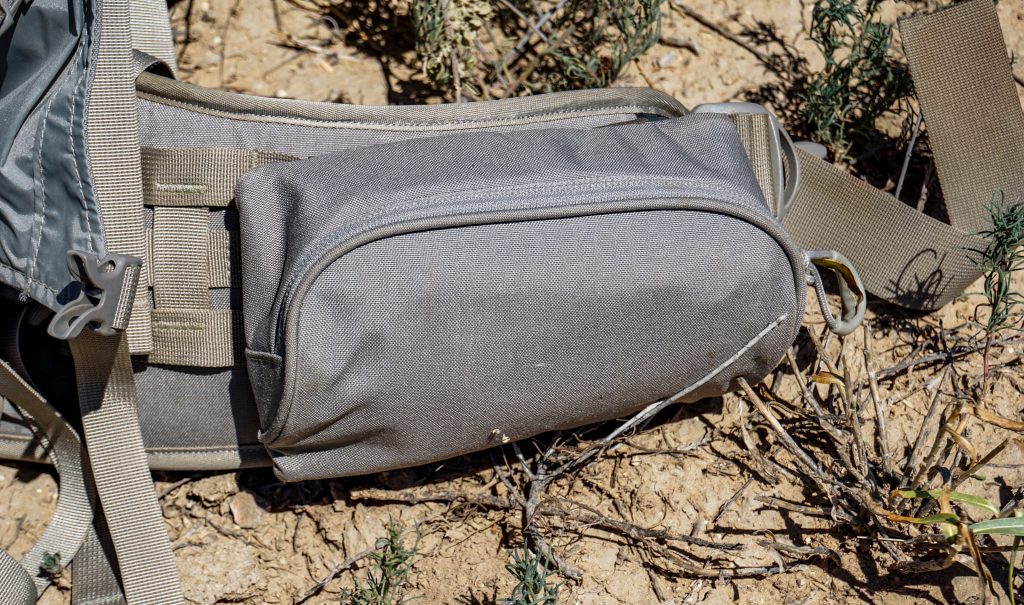
Let’s migrate to the pack and discuss the most straightforward method for attaching a pack to a frame I’ve ever used.
Before we dive into the attachment, I want to walk you through the 3800 Pack. The lowest comportment of the pack — located on the pack’s bottom — is a zippered Rain Cover pocket with an included rain fly. Please do yourself a favor; know where this pocket is, and cover your pack when it starts to rain.
The pack has a trio of outside pockets; each is built well and purposeful. The side outside pockets are great for a Nalgene bottle or other gear; I use one for my spotting scope and the other for my trekking poles. The material is bulletproof and stretchable; I’ve yet to have it frayed or torn.

The middle pocket is the last outside the pack pocket, which is great for rain gear and makes a suitable locale for storing layers as you remove them. The outer and middle pockets are open-top design pockets and can be sucked down tight with buckle straps.
YKK zippers are used throughout the pack and are smooth and bulletproof. I’ve had the 3800 bursting at the seams, yet the zippers performed flawlessly.
The pack features a pair of side zippered pockets that run along the backpack vertically and are great for a spotting scope and other gear. The main compartment, though, is the big to-do with this pack. The main has zippers on both sides, so you can quickly and easily access the main from anywhere, and when fully unzipped, the front flap folds open and exposes three zippered mesh storage pockets. The 3800 is also fitted with a pair of mesh zippered internal pockets.
The backpack is super spacious — you can take advantage of every square inch, and it harbors an internal water reservoir pouch and H20 labeled ports on each side.
I also cheer the top compartment, which is excellent for need-right-now items. I tote my first-aid kit, extra knife, field wipes, and leather gloves in my upper pouch.
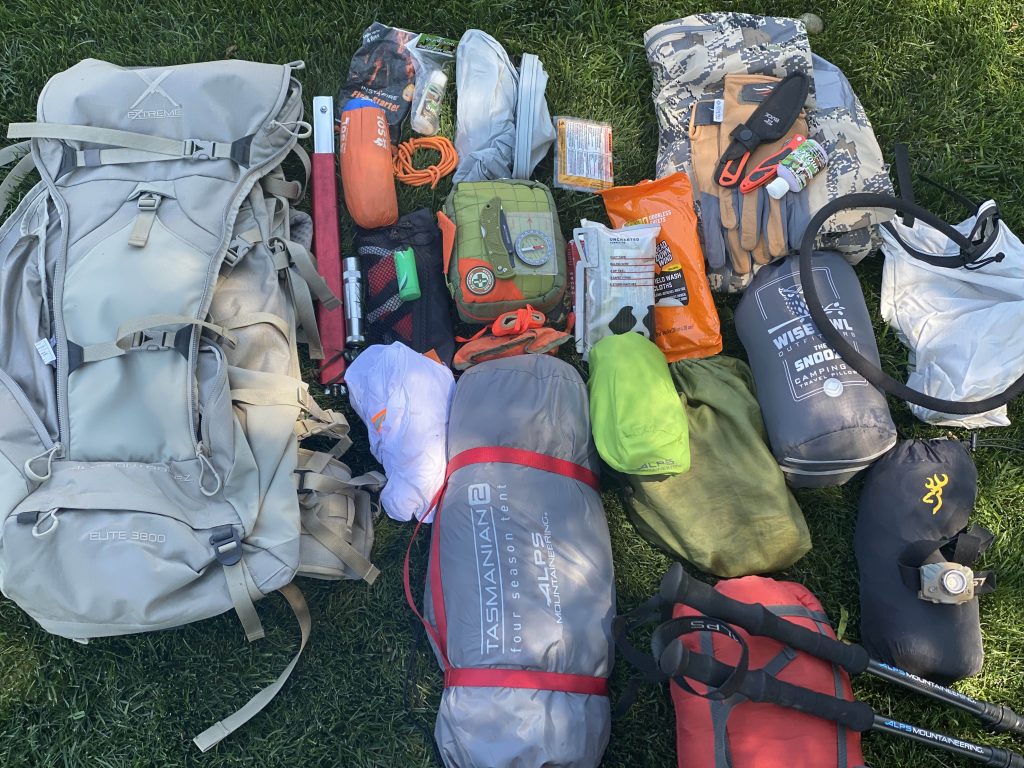
The bag is made of bombproof 500D Cordura fabric, and after six trips to the backcountry and numerous more across the prairie landscape, this bad boy shows minimal use. Plus, the material is water resistant and dries quickly.
Now, for the creme de la creme — pack to frame attachment. ALPS has hit a home run here. Few things are worse than getting ready to bag up meat and horns only to realize that detaching your fancy-to-do pack from its frame is an hour-long process that requires watching a how-to Youtube video in slow motion. Don’t want it. Don’t need it.
Using a series of aluminum tabs that hook into numerous heavy-duty rubberized loops strategically placed along the backpack, all you need to do to attach the pack to the frame is insert the hooks into the loops. To remove the bag from the frame, unhook the tabs. It’s that simple, friends.

Now you can see why the ALPS Elite Frame +3800 Pack is in my starting lineup in 2022. The pack has it all, and we’ve developed a great working relationship during our time together. I take care of her, and she takes care of me.
Another benefit of the frame and pack system and something to tempt you a tad more is ALPS offers a pair of packs that attach the Elite Frame — the 3800 and 1800. More to come on the 1800 soon, we promise.
ALPS ELite Frame + 3800 Pack Specs:
- Capacity: 3,800 cubic inches
- Weight: 2 pounds 7 ounces
- Material: 500D Cordura
- Attachment: Hook & Loop
- Zippers: YKK
- Price: $299.99 Elite Frame; Elite Frame + 3800 Pack $499.99




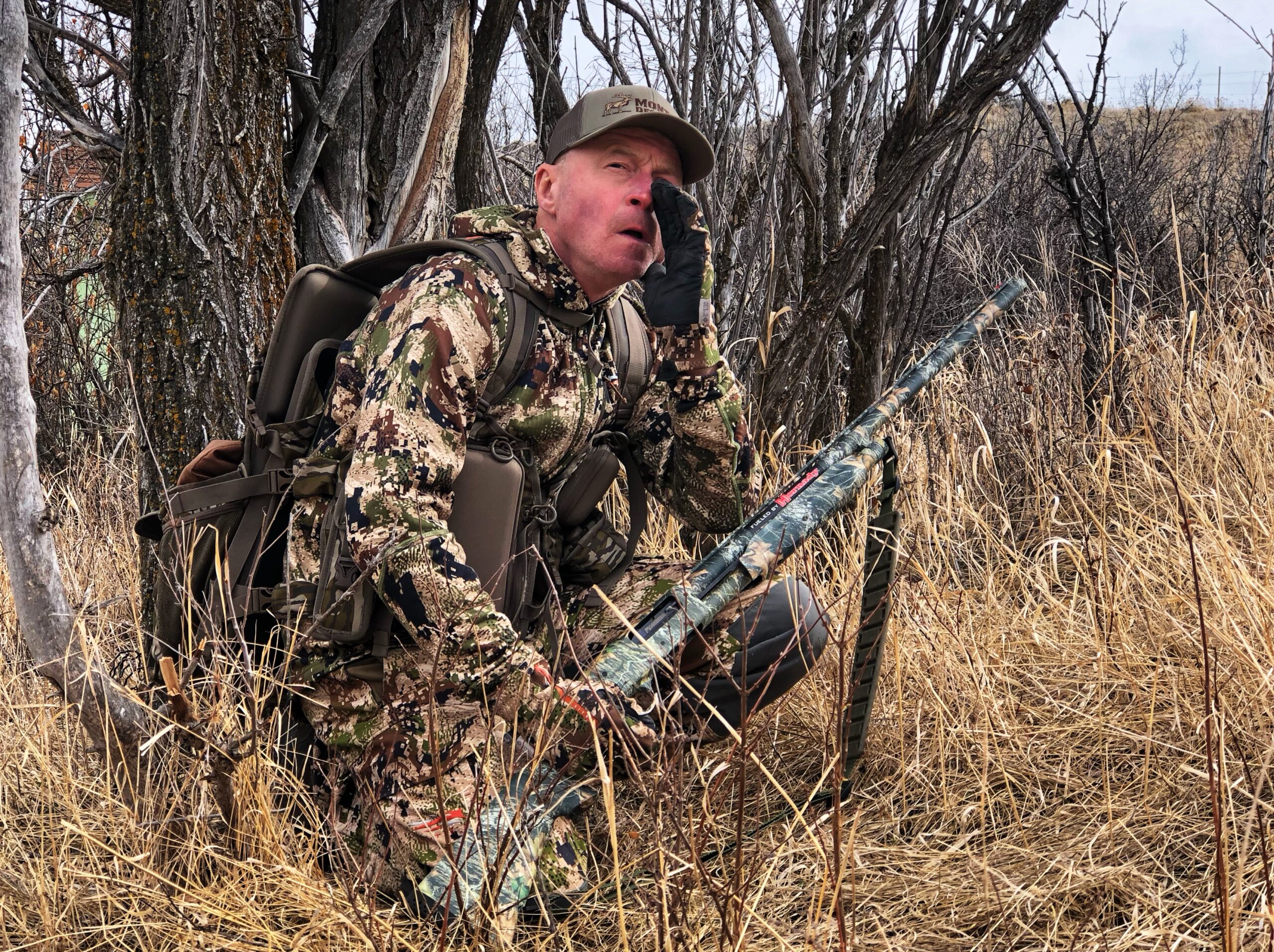

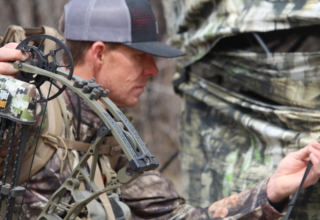
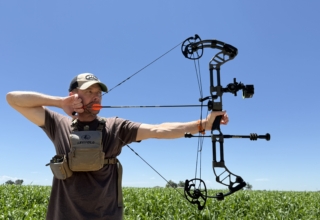
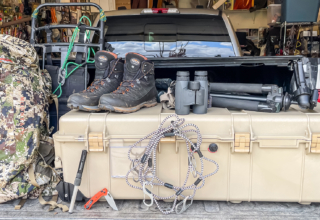
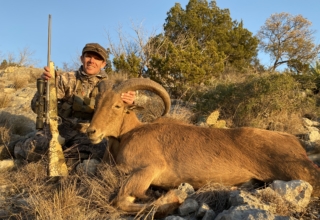
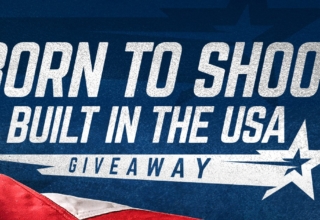
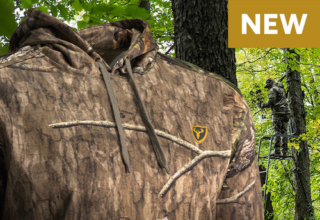
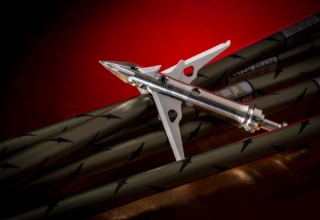


binance-а тркелу
July 22, 2024 at 9:46 am
Your point of view caught my eye and was very interesting. Thanks. I have a question for you.
Buat akun gratis
August 4, 2024 at 9:41 am
Thanks for sharing. I read many of your blog posts, cool, your blog is very good.